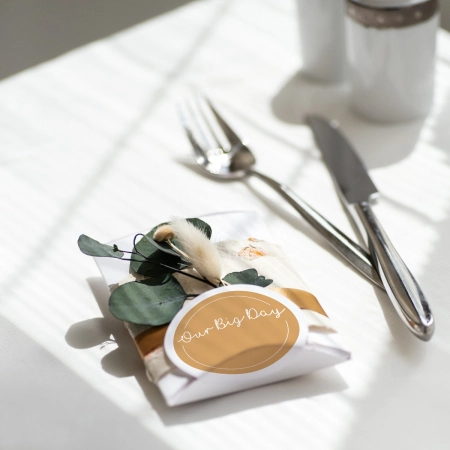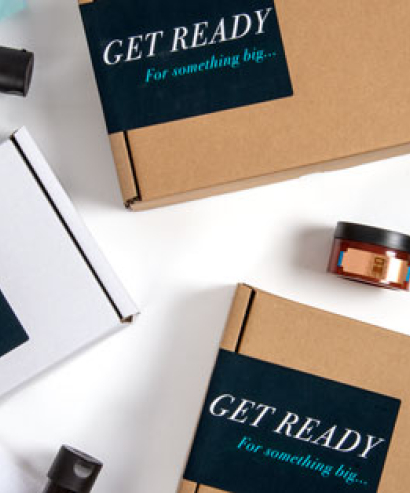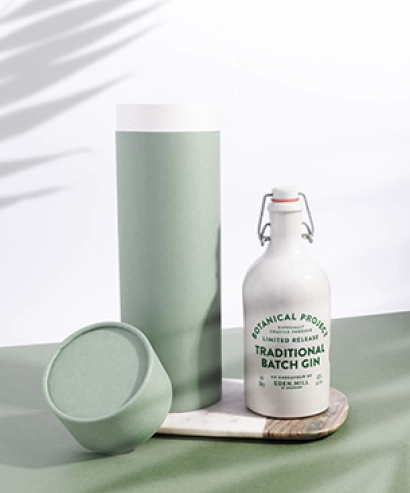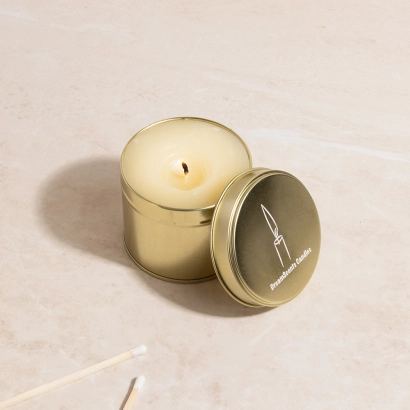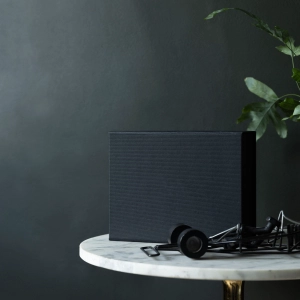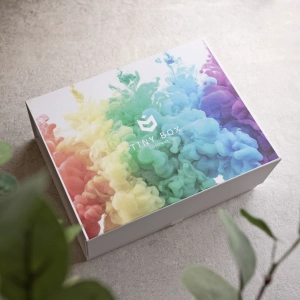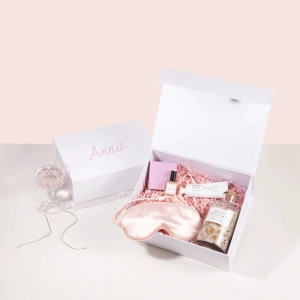Alternatives to Silica Moisture Absorbing Sachets
We’re the UK’s exclusive supplier of Micro-Pak clay moisture absorption sachets. Here we explain what Micro-Pak clay is used for, what other alternatives there are to the DO NOT EAT sachets and why you should consider switching what you use in your packaging.
What is Micro-Pak clay?
Micro-Pak Dri Clay is a type of desiccant that is made from a mixture of clay minerals. It is used to absorb moisture and control humidity in various products and packaging. Micro-Pak clay is an eco-friendly alternative to silica gel sachets, it is non-toxic and can be easily disposed of. It works by adsorbing moisture molecules and preventing the growth of mould, mildew, and bacteria. Micro-Pak clay is often used in the textile, footwear, and electronics industries to protect products from moisture damage during storage, transportation and shipping.
Why should I switch to Micro-Pak Dri clay instead of using silica?
There are several reasons why you should consider switching to micro-pak clay instead of using silica:
- Eco-friendly: Micro-Pak clay is a natural and eco-friendly alternative to silica gel sachets. It is made from clay minerals, which are abundant and renewable resources.
- Non-toxic: Unlike silica gel, Micro-Pak clay is 100% non-toxic and safe to handle. It does not pose any health risks if accidentally ingested or inhaled.
- Easy disposal: Micro-Pak clay can be easily disposed of without any special precautions. It is biodegradable and can be safely discarded with regular waste.
- Effective moisture absorption: Micro-pak clay is highly effective in absorbing moisture and controlling humidity in various products and packaging. It can help prevent the growth of mould, mildew, and bacteria.
- Versatility: Micro-pak clay can be used in a wide range of industries, including textiles, footwear, and electronics. It is suitable for protecting various products from moisture damage during storage and transportation.
- Long-lasting: Micro-pak clay has a long shelf life and can provide moisture absorption for extended periods of time.
- Cost-effective: Switching to micro-pak clay can be a cost-effective alternative to using silica gel sachets, as it is often available at competitive prices.
Overall, micro-pak clay offers a natural, safe, and effective solution for moisture control, making it a compelling alternative to using silica gel sachets.
What is silica gel used for?
Silica gel is commonly used as a desiccant to reduce humidity and moisture in various products and environments. Micro-Pak Dri Clay can be used in all the same places your silica gel "Do Not Eat" sachets are used.
What are "Do Not Eat" sachets used for?
"Do Not Eat" sachets are used for a variety of purposes including:
- Preserving freshness: These sachets are often found in food packaging to help preserve the freshness and quality of the product.
- Moisture control: Do not eat sachets are designed to absorb moisture and prevent the growth of mould, mildew, and bacteria in products that are susceptible to moisture damage.
- Odour control: They can also help by absorbing and neutralising unpleasant smells.
- Protection: Do not eat sachets are used to protect sensitive items such as electronics, pharmaceuticals, and leather goods from moisture and humidity.
- Extended shelf life: By absorbing moisture, these sachets can extend the shelf life of some products and prevent them from spoiling or deteriorating.
- Product stability: These sachets help maintain the stability and integrity of certain products by controlling moisture levels so the product does not.
- Shipping and storage: Do not eat sachets are commonly used during shipping and storage to protect items from moisture damage caused by fluctuating environmental conditions.
- Protection against corrosion: In some cases, these sachets are used to protect metal objects from corrosion by absorbing moisture and preventing the formation of rust.
- Preventing clumping: Do not eat sachets can also be found in products like powdered substances or ingredients to prevent clumping and maintain their texture and quality.
"Do Not Eat" sachets play a crucial role in preserving freshness by controlling moisture and odours, ensuring product integrity in a wide range of industries.
Are “Do Not Eat” sachets poisonous?
“Do not eat” sachets often contain warnings or indicators that the contents are not intended for consumption but they are not usually toxic. Silica "Do Not Eat" sachets can contain chemical by-products so in rare cases they have caused stomach upsets but the labelling is mostly to make it clear that the sachet is not supposed to be eaten as children have confused the small packets of clear silica balls with sweets. Micro-Pak clay is non toxic and perfectly safe if accidentally eaten.
What are moisture absorbing crystals made of?
Moisture absorbing crystals are often made of silica or calcium chloride which is a type of manufactured salt. While these are non-toxic the process for making them gets pretty dirty.
How is silica produced?
As our friends at Micro-Pak explain,
“Silica gel is a synthetic material manufactured through an intensive multi-step process that requires significant chemical, water and energy inputs, and results in high levels of pollution and waste-water. In fact, it is such a dirty industry that the government of China, the primary global source for silica gel, has for many years been ordering large scale closures of silica gel factories.
Silica gel is commonly packaged in plastic-lined sachets which are not biodegradable and are difficult to recycle. When we toss them into the trash they end up in landfill or oceans where they will remain indefinitely and can cause harm to wildlife and ecosystems.
Consider the inputs required to make 100 million 5-gram sachets of silica gel:
- 47 metric tonnes of plastic packaging. Equivalent to 2,350,000 one-litre plastic bottles
- 950 metric tonnes of chemicals
- 10 million litres of fresh water”
Explore the Silica Alternative
What are the eco-friendly alternatives to silica sachets?
There are many silica packet alternatives, including DIY moisture absorbing sachets.
- Activated Charcoal: This is a popular alternative to silica gel sachets. It works by adsorbing moisture and odours from the surroundings. It can get messy though so make sure your product doesn’t touch the charcoal.
- Rice: Uncooked rice can also be used as a substitute. It absorbs moisture and can be placed in small pouches or containers such as jute or hessian bags.
- Baking Soda: Another effective option is baking soda. It can help absorb moisture and eliminate odours but as with charcoal, it can get messy.
- Cat Litter: Yes really! Non-clumping cat litter is another option, it is designed to absorb moisture and control odours after all. Maybe not for products you’re sending to customers, however.
- Desiccant Packs: Clay desiccant packs, like Micro-Pak, are available in various sizes and can be used to absorb moisture in enclosed spaces.
- Salt: Salt can also be used as a desiccant. It can absorb moisture from the air and help control humidity but can be especially messy if it dissolves.
- Dried Herbs: Certain dried herbs like lavender, rosemary, or chamomile can act as natural desiccants and help absorb moisture. They can also keep away moths and other fabric-munching bugs.
- Cornstarch: Cornstarch can be used as an alternative desiccant, much like baking soda it has moisture-absorbing properties, just be careful with the potential mess.
- Paper Towels: Place a few layers of paper towels in the desired area to absorb moisture. This is a great life hack, to extend the life of your bagged lettuce, pop a paper towel in your opened bag, it will slow down the leaves going limp.
- Socks filled with Rice: Fill socks with uncooked rice and place them in areas where moisture needs to be absorbed. This is a great, cheap way to absorb atmospheric damp in storage areas, again, probably not appropriate for products being posted to customers.
Other great reasons to buy Micro-Pak Dri Clay
- The real thing: If you have opened a pack of silica lately you may have been surprised to find what looks like gravel in your packet. An increasing number of unscrupulous manufacturers are filling their silica packets with dirt and stones as it feels the same from the outside. It’s cheaper than silica, looks like clay but has absolutely no desiccant or drying effect whatsoever.
- Smaller orders: at Tiny Box Company you can order single boxes of Micro-Pak sachets, that means ordering just 400 or 500, depending on the Micro-Pak size, instead of the thousands you have to buy in bulk. This makes it cheaper, there’s less waste and you need less space for storage.
- You’re in great company: many large names in the UK are already using Micro-Pak in their packaging and heading towards their sustainability goals. JD Sports is using Micro-Pak Dri Clay as part of their sustainable sourcing initiative.
We’re really proud to be supplying Micro-Pak Dri Clay in the UK, we are committed to removing silica packets in all our own packaging, and we’re very happy to be able to help your business on its plastic-free journey too.











